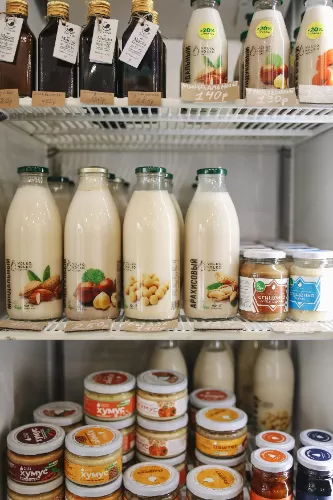How to Outsmart Your Refrigerator: Expert Tips to Save Food and Energy
A 2023 study by the National Resources Defense Council (NRDC) reveals that 68% of refrigerator-related food waste stems from user errors, not appliance defects. Despite being a kitchen staple, most consumers unknowingly commit basic mistakes that accelerate food spoilage, increase energy bills by 20-30%, and even pose health risks. Let’s decode the four most common – yet preventable – refrigeration blunders.

The "Set It & Forget It" Temperature Trap
While 92% of users never adjust their fridge's default temperature (per Whirlpool survey), the reality is:
Danger zone: 45% of fridges operate above USDA's safe threshold (40°F/4°C)
Freezer fallacy: -18°C (0°F) is ideal, but 34% of freezers hover around -12°C (10°F)
Thermometer myth: Built-in displays often differ 2-3°C from actual temps (per MIT appliance lab tests)
Solution: Use standalone thermometers and adjust settings seasonally.
The Overcrowding Paradox
Packing efficiency ≠ food preservation:
Airflow blockage: 80% full is optimal – exceeding this reduces cooling efficiency by 38% (ENERGY STAR)
Contamination chain: Raw meat stored above produce causes 23% of cross-contamination cases (FDA)
Door overload: Milk in door shelves spoils 50% faster due to 7°F temperature fluctuations (UC Davis research)
Solution: Follow the "60-20-20" rule – 60% main chamber, 20% doors, 20% empty space.
The "One Drawer Fits All" Mentality
Crisper drawers aren’t created equal:
Humidity misuse: 89% of users don't adjust vents, letting lettuce dehydrate and mushrooms rot
Ethylene blindness: Apples stored with broccoli accelerate spoilage by 3x (Postharvest Tech Center)
Herb execution: Parsley/cilantro last 4x longer in jars with 1" water vs. plastic bags
Solution: Set high humidity for leafy greens (>90%), low humidity for fruits (<80%).
The Maintenance Mirage
Neglected components become biohazards:
Coil corrosion: Dust-clogged coils make compressors work 30% harder (Consumer Reports)
Gasket neglect: Cracked seals account for 27% of energy waste (DOE)
Drip tray danger: 1 in 5 fridges host mold in evaporator pans (NSF International)
Solution: Clean coils quarterly, inspect seals monthly with the "dollar bill test".
Conclusion
These pervasive errors cost the average household $1,800 annually in wasted food and energy (EPA). Simple behavioral changes – like strategic loading and drawer customization – can extend produce lifespan by 40% while cutting electricity use. As smart fridges evolve, remember: even the most advanced compressor can't compensate for human oversight. Your refrigerator isn't just an appliance; it's a living ecosystem requiring mindful stewardship.

